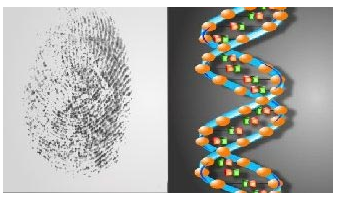Archival Notice
This is an archive page that is no longer being updated. It may contain outdated information and links may no longer function as originally intended.
Home | Glossary | Resources | Help | Contact Us | Course Map
The CODIS uses two database files to generate investigative leads in crimes where biological evidence is recovered from the crime scene.
The Offender file contains DNA profiles of individuals arrested or convicted of certain crimes; when a crime scene profile matches an offender profile, it is called an offender hit.
The Forensic file contains DNA profiles developed from crime scene evidence, such as semen or blood stains; when two or more crime scene profiles match, it is called a forensic hit.
The CODIS utilizes computer software to automatically search these files for matching DNA profiles (just as fingerprints can be searched through AFIS).
Additional Online Courses
- What Every First Responding Officer Should Know About DNA Evidence
- Collecting DNA Evidence at Property Crime Scenes
- DNA – A Prosecutor’s Practice Notebook
- Crime Scene and DNA Basics
- Laboratory Safety Programs
- DNA Amplification
- Population Genetics and Statistics
- Non-STR DNA Markers: SNPs, Y-STRs, LCN and mtDNA
- Firearms Examiner Training
- Forensic DNA Education for Law Enforcement Decisionmakers
- What Every Investigator and Evidence Technician Should Know About DNA Evidence
- Principles of Forensic DNA for Officers of the Court
- Law 101: Legal Guide for the Forensic Expert
- Laboratory Orientation and Testing of Body Fluids and Tissues
- DNA Extraction and Quantitation
- STR Data Analysis and Interpretation
- Communication Skills, Report Writing, and Courtroom Testimony
- Español for Law Enforcement
- Amplified DNA Product Separation for Forensic Analysts


